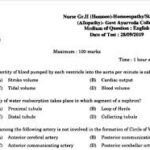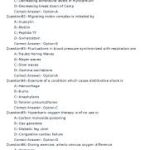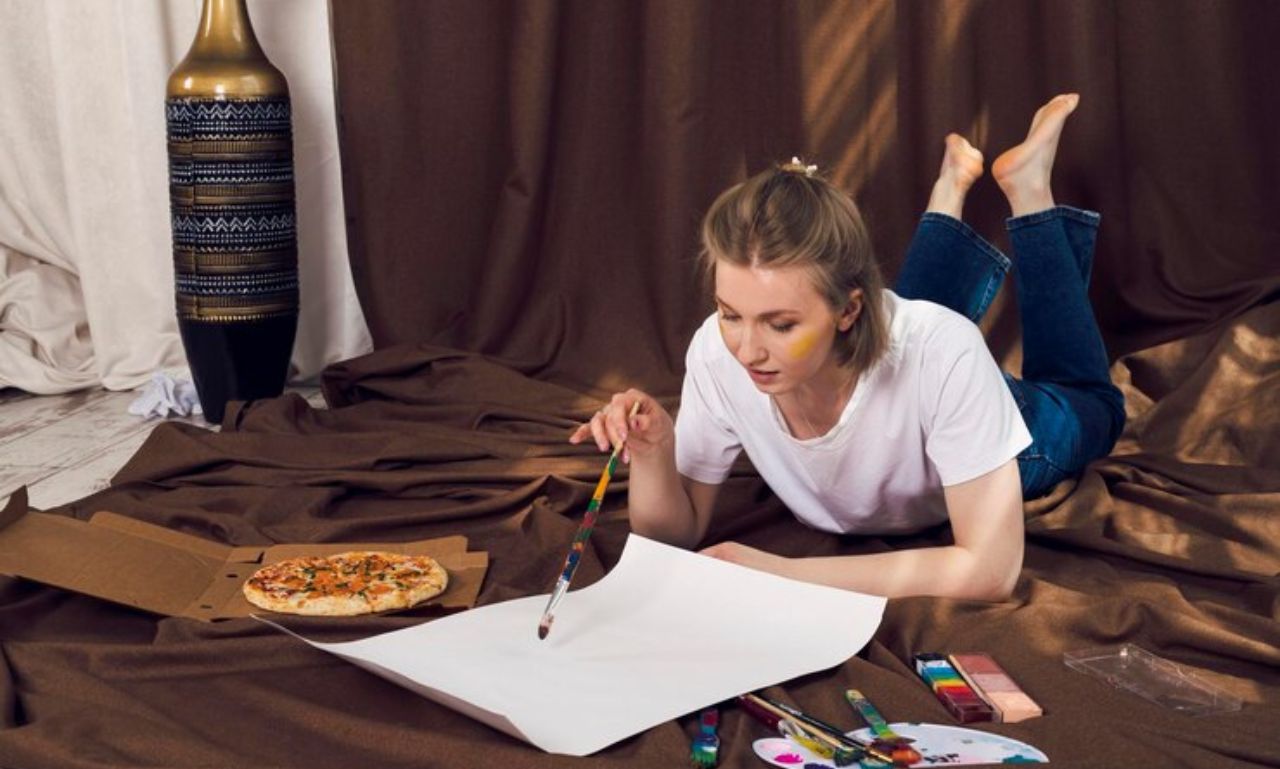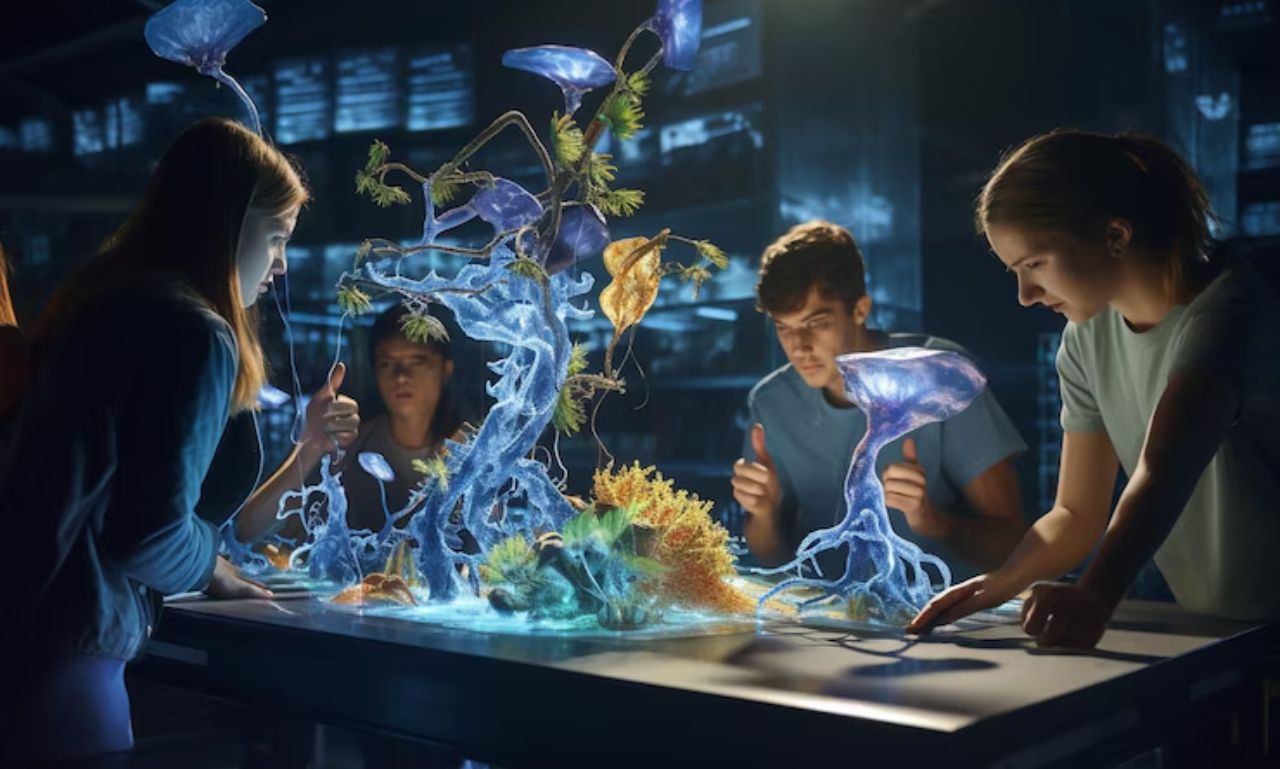Art is more than expression. It is language, mirror, and message. For centuries, artists have poured their truths into canvas, sculpture, and space. lessons from the art continue to shape how we think, feel, and connect with the world. Whether in galleries or streets, art offers silent wisdom that moves beyond words. It teaches patience, awareness, and perspective.
Art holds the ability to comfort, challenge, and awaken. When we pay attention, we discover messages hidden within texture, shadow, and intention. These lessons stay long after the image fades. They become a part of how we understand ourselves and others. In every color and line, art whispers truths the mind cannot always explain.
Listening Through Silence
Some of the most powerful art is quiet. It asks for stillness before it speaks. In silence, it teaches reflection. Unlike noisy media, a painting waits for the viewer to engage. It doesn’t push an agenda. It simply invites attention. This quietness teaches us to slow down.
In a world that constantly demands response, art encourages presence. Just standing before a single piece for a few minutes can shift your mood. The lesson here is clear—depth requires stillness. Silence is not empty. It’s full of meaning.
The Value of Perspective
Every piece of art changes depending on how you view it. Distance changes meaning. Light alters feeling. Our mood affects what we notice. Art teaches that truth is layered. What seems obvious from one side becomes different from another. It reminds us that our view isn’t the only one.
This lesson encourages empathy. Understanding that someone else sees something different doesn’t make them wrong. Art helps us practice stepping into another lens. Perspective is power—not to control, but to connect.
Imperfect Beauty and Emotional Honesty
Not all art is smooth or symmetrical. Some of the most beloved pieces are wild, chaotic, or raw. These works carry feeling over form. They teach us that beauty does not mean perfection. Cracks, smudges, and stray lines become part of the story. They speak of struggle, truth, and process.
This is a lesson about acceptance. Life is not clean or consistent. Emotions aren’t always graceful. Through flawed forms, art gives us permission to be whole—even when broken.
Creativity as Healing and Release
Artists often describe the process as catharsis. Making art helps release what words cannot carry. The stroke of a brush or cut of a chisel becomes emotional motion. Art becomes a safe place for grief, joy, confusion, or memory.
This lesson shows that expression is healing. When we create, we process. Even if no one else sees the result, the act itself transforms us. Creativity doesn’t need applause to matter. It only needs honesty.
The Rhythm of Repetition and Patience
Creating art takes time. Layers build slowly. Mistakes happen. Artists return again and again to the same canvas. This rhythm teaches patience. Mastery doesn’t come in moments. It grows with movement, habit, and intention.
We live in a world of speed. Art moves differently. It shows that repetition is not failure—it’s foundation. Patience is not delay—it’s power.
Art as Memory and Legacy
Each piece of art captures a moment. Whether it’s a historical mural or a child’s crayon sketch, it holds time. Art teaches that memory lives through creation. It carries feelings across generations.
This lesson is about impact. What we create leaves something behind. Even in private, art records who we are, what we felt, and how we saw. It gives voice to times we feared or loved or dreamed.
Color and Emotion Speak Without Words
Color is emotion made visible. Blue brings calm or sadness. Red can suggest fire or anger. Yellow radiates joy. Artists learn to use these tones like language. We feel their choices before we understand them.
This teaches us how emotion moves beneath the surface. Words aren’t always needed to express or receive. Sometimes, a shade or shape says more than a sentence ever could. Art reminds us to pay attention to what isn’t spoken.
Space, Contrast, and the Power of Absence
In art, what is not painted matters just as much as what is. Negative space gives shape to what exists. Shadows define light. Empty areas frame the focal point. These techniques show us the importance of absence.
This lesson reaches beyond design. It teaches balance. Just like in life, silence gives music its rhythm. Stillness gives movement its meaning. What we leave out can hold just as much weight as what we include.
Art Invites Questions, Not Always Answers
Not all art explains itself. Some works raise questions that never fully resolve. They leave you wondering, imagining, or doubting. That uncertainty is part of their power. Art teaches us to live with open questions.
In life, we often chase closure. But art suggests that curiosity is just as valuable. Not knowing is not weakness. It is the beginning of new understanding. The lesson is to remain open, even in mystery.
Collaboration and Shared Creation
Art is not always solo. Murals, installations, and performances often involve teams. Collaboration brings contrast, unity, and surprise. It teaches us to listen, adjust, and trust others’ input.
This mirrors life. Relationships, families, and communities grow stronger when built like collective art—layered with different hands, shaped through shared vision, and supported by respect.
Observation Enhances Meaning
To notice art fully, we must observe with care. Small details tell large stories. The curve of a brushstroke, the angle of a line, the weight of a shadow—they all hold intention. This teaches awareness.
By observing deeply, we connect more. In art and life, paying attention changes everything. Observation brings meaning to the ordinary. It uncovers beauty we might otherwise miss.
Failure Is Part of the Process
Many artists scrap pieces. Some never finish what they start. Others reinvent a work completely after seeing it differently. This cycle of trial and error teaches resilience. Failure is not the end. It is part of the evolution.
We can learn to embrace mistakes as material. Not all missteps ruin the whole. Some redirect us to stronger, deeper work. Art teaches that perfection is not the goal—truth is.
Art as a Reflection of Culture and Change
A-rt reflects the time in which it’s made. It records social shifts, political movements, and emotional climates. It becomes a mirror for society’s hopes, fears, and truths. Artists document change with pigment and voice.
This lesson connects to action. If art shows us what was, it also shows us what could be. It can inspire movement, compassion, and reform. Through art, we see ourselves more clearly—and often, more honestly.
Frequently Asked Questions
How does art teach life lessons?
Art reflects emotion, invites stillness, and reveals patterns. Through it, we see ourselves and others more clearly.
Can anyone learn from art?
Yes, art speaks in universal language. You don’t need training to feel or learn from it.
Why does art use emotion so strongly?
Because emotion drives meaning. Art channels feeling to connect and communicate deeper truths.
Is creating art necessary to understand it?
Not always. Observing with intention can offer just as much insight as creating it.
What if I don’t understand a piece of art?
That’s okay. Art invites questions, not always answers. The experience itself is valuable.
Can art really help heal?
Yes, many use it for expression, processing emotion, and finding peace in chaotic times.
Conclusion
Art continues to teach, long after the paint dries or the music fades. Its messages are timeless, hidden in detail and revealed through reflection. lessons from the art aren’t just about creativity—they’re about life. In every form, art shows us how to be present, patient, and honest.
Whether we create or observe, art invites us inward and outward. It tells us to trust the process, honor emotion, and welcome imperfection. In doing so, it becomes more than image—it becomes teacher. And through it, we learn to see, feel, and live more fully.










